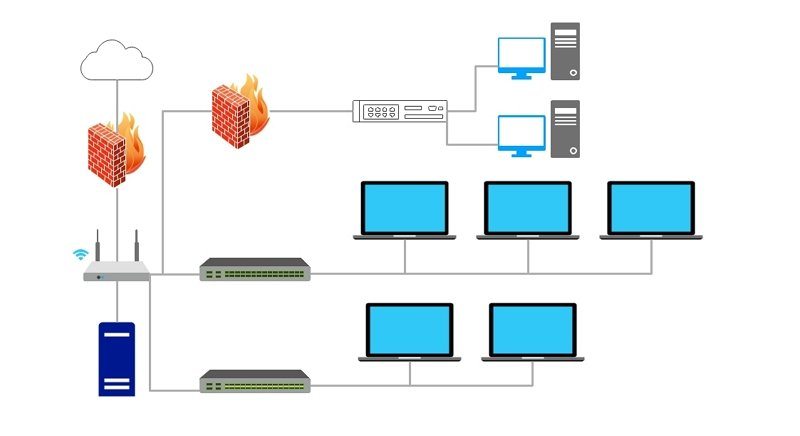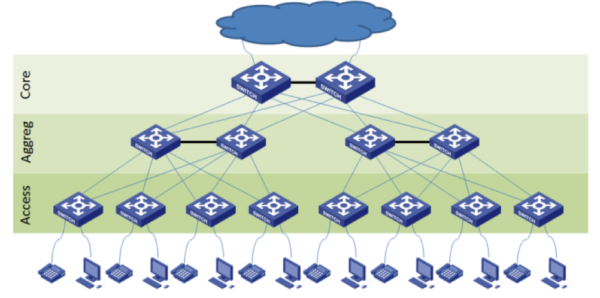

Setup, maintenance, and provisioning tasks require insight into the physical network.

Physical network topology, as the name suggests, refers to the physical connections and interconnections between nodes and the network-the wires, cables, and so forth. There are two approaches to network topology: physical and logical. Each has advantages and disadvantages and depending on the needs of your company, certain arrangements can give you a greater degree of connectivity and security. Just as there are many ways to arrange and maintain a city-such as making sure the avenues and boulevards can facilitate passage between the parts of town getting the most traffic-there are several ways to arrange a network. Think of your network as a city, and the topology as the road map. Network topology refers to how various nodes, devices, and connections on your network are physically or logically arranged in relation to each other. What Tools Help Manage and Monitor Networks? What Is Network Topology?
Physical and logical network diagram software#
I’ll also discuss the use and benefits of network topology mapping software like SolarWinds ® Network Topology Mapper in configuring your network, visualizing the way devices connect, and troubleshooting network issues. The key is to understand your objectives and requirements to create and manage the network topology in the right way for your business.įollowing an in-depth network topology definition, this article will look at the main types of network topologies, their benefits and drawbacks, and considerations for determining which one is best for your business. Several tasks go into effective network topology management, including configuration management, visual mapping, and general performance monitoring.

Admins have a range of options when it comes to choosing a network topology, and this decision must account for the size and scale of their business, its goals, and budget. There are numerous ways a network can be arranged, all with different pros and cons, and some are more useful in certain circumstances than others. Network topology is the way a network is arranged, including the physical or logical description of how links and nodes are set up to relate to each other. The configuration, or topology, of a network is key to determining its performance.


 0 kommentar(er)
0 kommentar(er)
